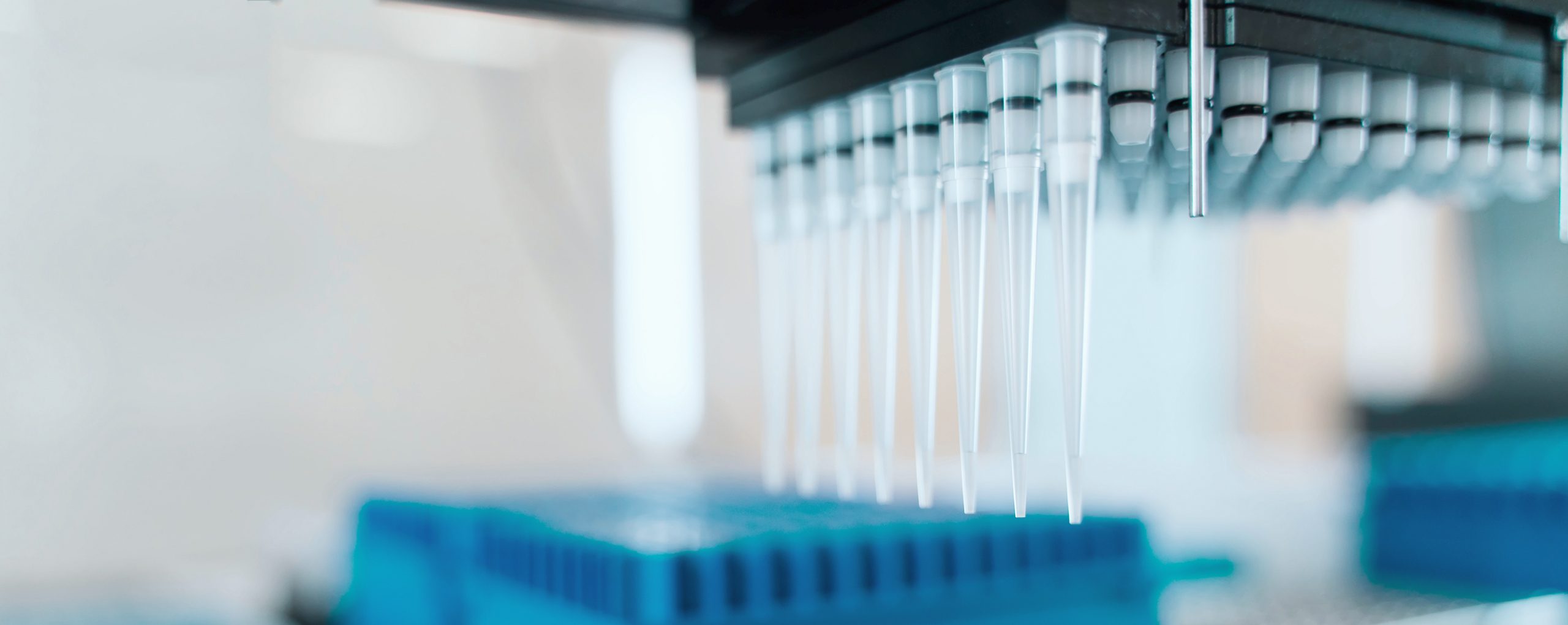We offer autonomous measuring, mixing & dispensing solutions for laboratories. The Lab Solution supports you in enhancing precision, data transparency, and cost efficiency while adhering to strict protocols for accurate reporting.
Laboratory automation solutions from ESSERT Robotics
Our laboratory automation solutions leverage robotic automation to optimize workflows, increase efficiency, improve accuracy, and reduce manual labor in scientific research, testing, and analysis.
Our automation solution for laboratories is based on the ADVANCED Robotic Workstation and is equipped according to your individual automation goals.
Lab solution
Error-free samples guaranteed
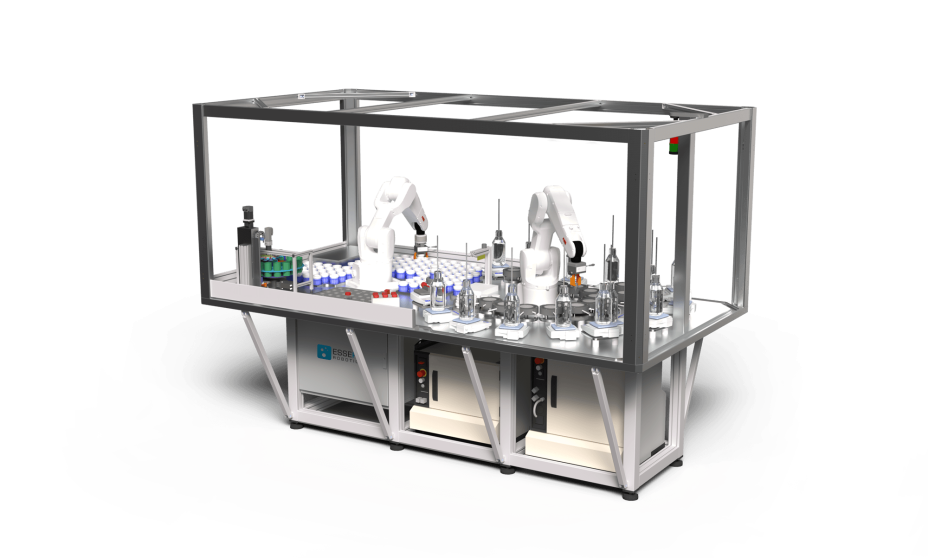
The lab solution is your perfect laboratory assistant!
Based on our standardized automation platform leveraging cutting-edge laboratory robotics, you automate your complete measuring and dispensing process from a single source with minimal staff involvement and low costs.
Convince yourself of the leading automation solution today!
Advantages of our lab automation solution
Clients
Real businesses,
real results.
Levels of laboratory automation
Laboratory automation solutions offer varying degrees of automation, optimizing processes like liquid handling and analysis. Modular systems allow customization for specific needs, and are instrumental in workflow optimization.
Many daily laboratory processes are concerned with fluid management, such as measuring, mixing and dispensing. With automated solutions provided by laboratory automation companies like ESSERT Robotics, these and similar processes can be brought to a whole new level.
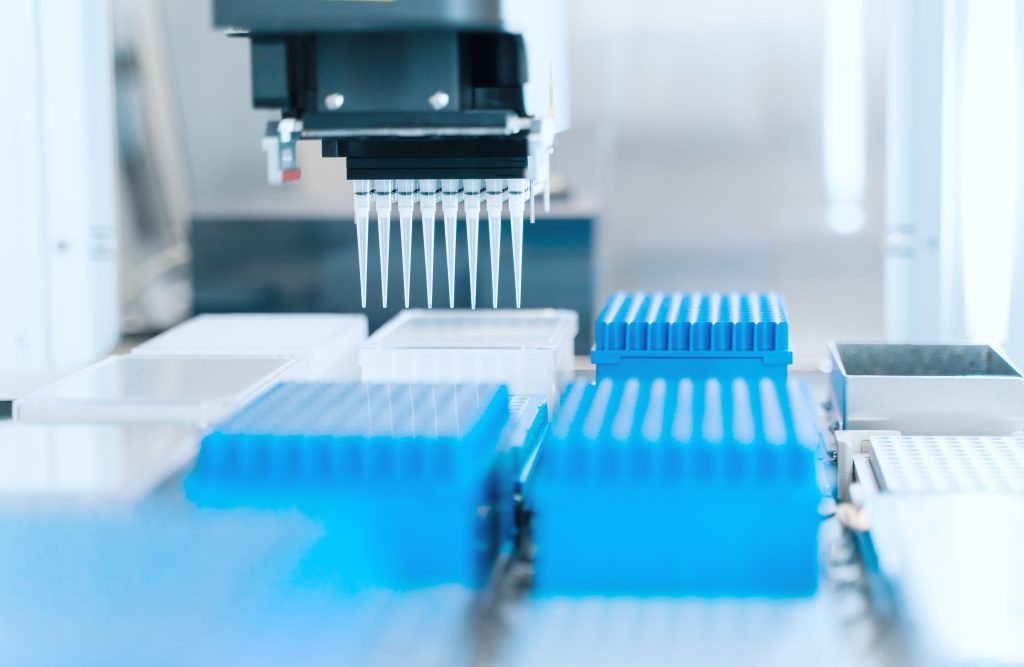
Lab automation with ESSERT OS
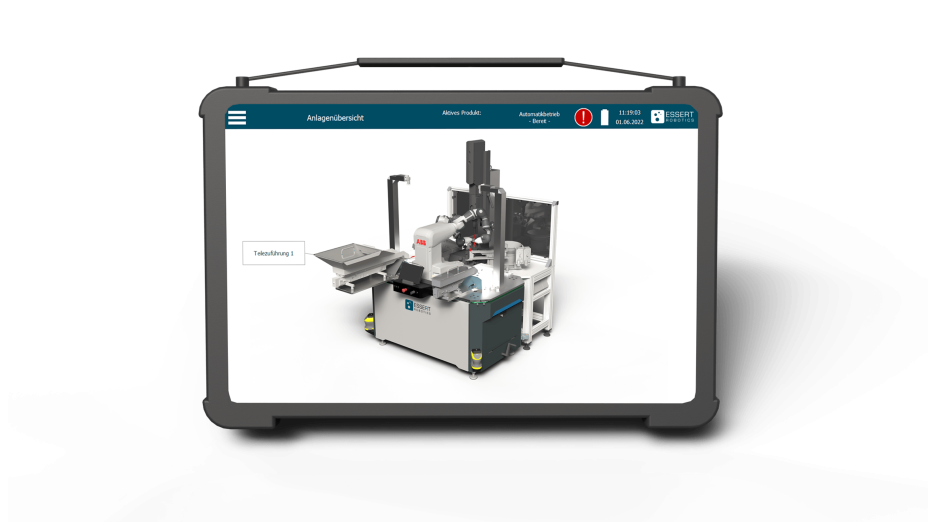
Lab automation is all about software and hardware seamlessly working together. Therefore, lab automation systems require tailor-made software solutions that not only enable you to control different process steps with ease, but also to monitor and protocol their execution.
ESSERT OS is the software to control your lab automation solutions: It is easily possible to change production parameters or monitor newly adopted production steps to guarantee maximum flexibility and transparency. This and more is possible via operator tablet – with no programming skills necessary.
Advantages of laboratory automation systems
Laboratory automation systems offer a multitude of advantages, particularly in biotechnology and clinical laboratories, where precision and reproducibility are paramount.
These systems contribute significantly to enhancing healthcare processes and outcomes, helping to provide patients with groundbreaking medical products.
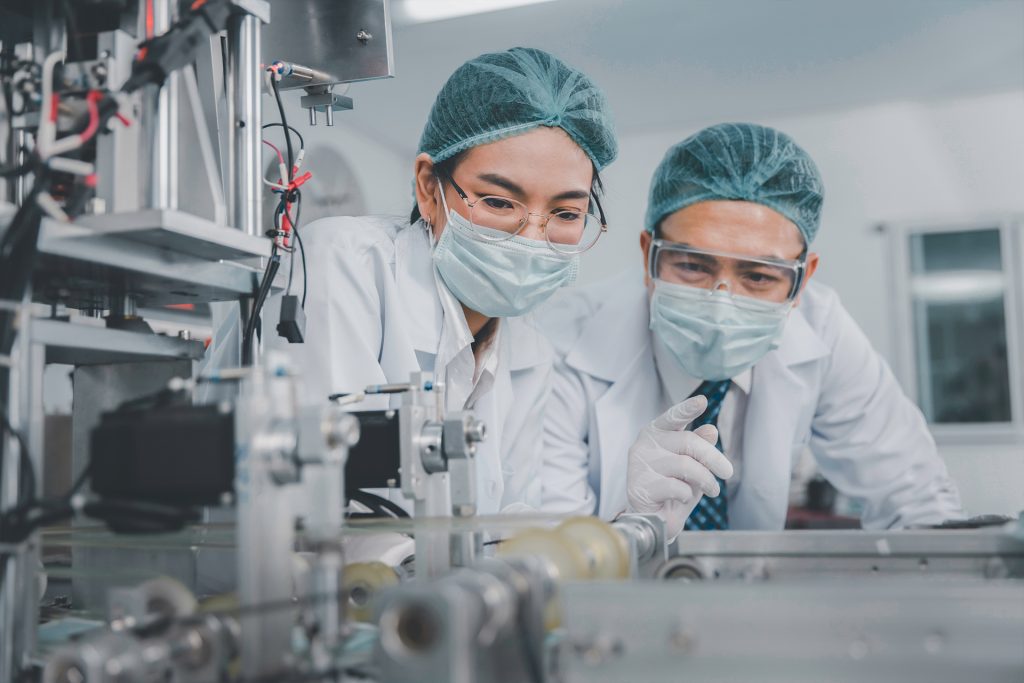
Reduced risk of human error
Lab automation solutions play a crucial role in minimizing the risk of human error. These systems ensure precise and consistent fluid management, eliminating variations caused by manual intervention.
By automating measuring, dispensing and data collection, these solutions enhance process accuracy, reduce the need for manual handling, and maintain strict adherence to protocols. As a result, laboratories can significantly reduce the potential for errors in critical processes. This not only leads to more reliable results but also enhances overall laboratory efficiency and productivity.
Improved cost efficiency of your laboratory
Laboratory automation systems make a significant impact on improving the cost efficiency of laboratories, from sample preparation and microplate handling to the complete automation of repetitive laboratory processes.
Laboratories can allocate human resources to tasks that require expertise, while routine and repetitive processes are handled by lab automation systems. And the more independently a system is able to work, the more efficiency can it bring to manufacturing processes. This is why the ADVANCED Robotic Workstation provides an autonomy time of up to 48 hours.
Streamline workflows
In laboratory automation, the goal is to streamline workflows for maximum efficiency. This is achieved through seamless connectivity and the utilization of advanced workstations designed to optimize operational processes.
Laboratory automation solutions foster strong connectivity between diverse laboratory instruments and data systems. This interconnectedness ensures that data integration and real-time information sharing are effortless, promoting smooth coordination across different stages of experimentation. This streamlined data flow serves to reduce both delays and errors, ensuring a continuous and efficient workflow.
Modern workstations, equipped with advanced automation capabilities, are pivotal in the efficient management of complex laboratory tasks. They exhibit flexibility by adapting to a wide spectrum of laboratory processes and workflows. Moreover, these workstations offer customizable workflow solutions tailored to meet the specific requirements of individual laboratories, further enhancing operational efficiency.
Automation-driven workflows not only optimize but also accelerate experimental processes, resulting in faster and more efficient outcomes. Through automation, repetitive tasks are automated and can be performed 24/7, contributing to an overall increase in workflow efficiency.
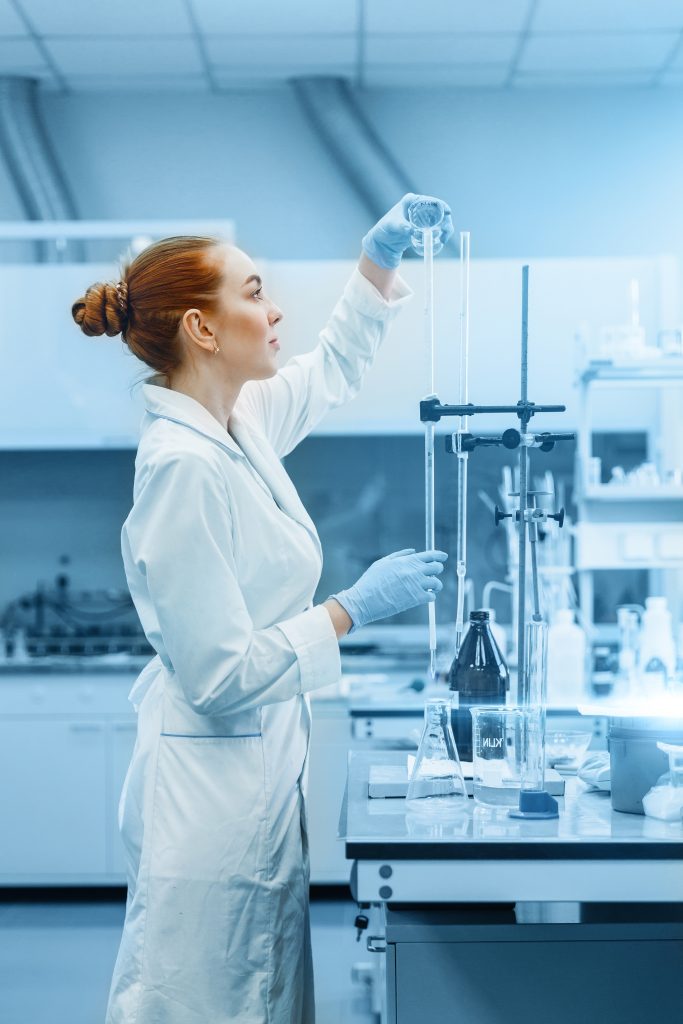
cGMP and regulatory compliance
Laboratory automation systems are instrumental in achieving compliance with Current Good Manufacturing Practice (cGMP) regulations and regulatory adherence. These systems are designed to streamline processes, ensuring precision and reliability.
They seamlessly align with regulatory standards, minimizing compliance risks by automating workflows and implementing robust data management systems. This automation greatly reduces the potential for human error, leading to more accurate and reproducible test results. Ultimately, the precision achieved not only supports compliance but also enhances the overall quality and credibility of laboratory outcomes.
Maximized control and transparency
Process control and transparency are vital in lab and pharmaceutical production processes. With the integration of automation solutions, laboratories experience an elevated level of command over their processes. This enhanced control facilitates precision and adaptability, ultimately reducing uncertainties and bolstering result consistency.
Furthermore, automation systems foster an environment of unparalleled transparency. Real-time monitoring and comprehensive data recording ensure that every step of the laboratory workflow remains under constant observation. This newfound transparency empowers laboratories with readily accessible experiment-related information, promoting confidence in procedures and validating the reliability of results.
Total lab automation with ESSERT Robotics
ESSERT Robotics is at the forefront of a transformative movement in laboratory automation, redefining how laboratories operate and unlocking unprecedented levels of efficiency and precision.
Through our modular automation systems, we bring a new era of automation to laboratories, streamlining processes, improving flexibility as well as assay precision, and accelerating research.
Our commitment to innovation and advanced automation systems sets us apart, pushing the boundaries of what's possible in laboratory automation solutions. With ESSERT Robotics, laboratories can achieve total lab automation, covering everything from sample handling to data analysis.
This end-to-end automation experience not only optimizes workflows but also maximizes control and transparency, reducing uncertainties and boosting result consistency.
In partnership with ESSERT Robotics, laboratories can revolutionize their operations, harnessing the power of automation to achieve their goals faster, more cost-efficient and with unparalleled accuracy.
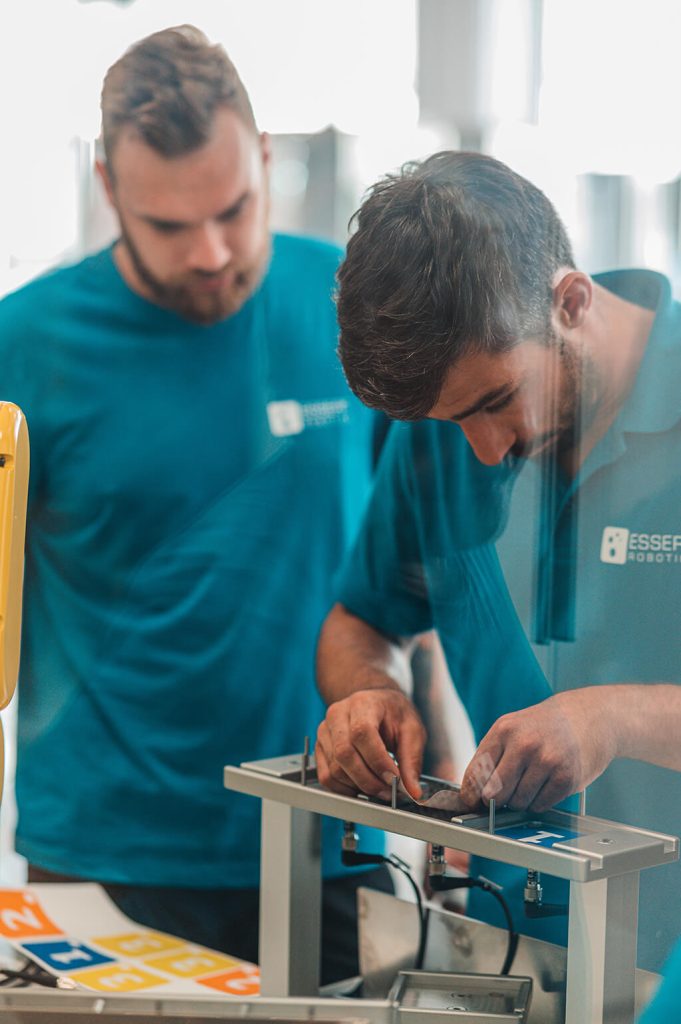
Frequently Asked Questions
What is ESSERT OS?
What is lab automation?
How to automate dispensing of samples?
Which laboratory processes can be automated?
How to automate laboratory workflows?
What are the types of automation in a lab?
What is modular lab automation?
What is lab automation software?
Contact
Contact our team
We would be happy to discuss with you how our robotic platform can help to achieve your goals.
